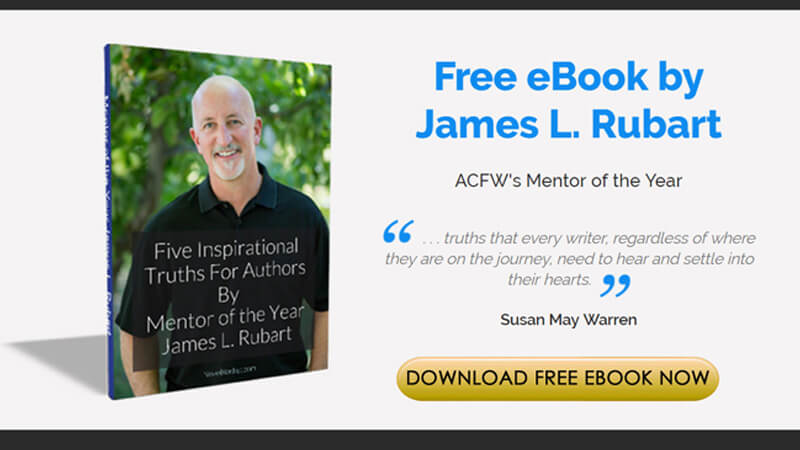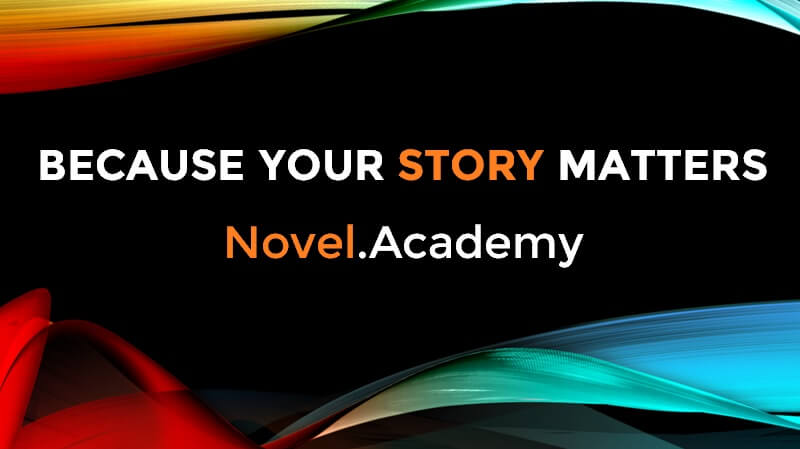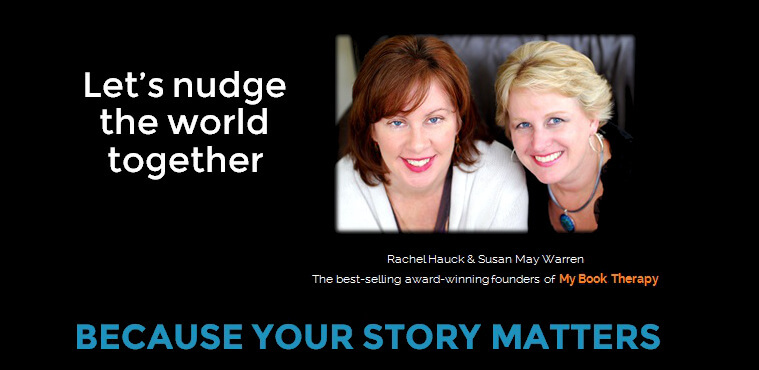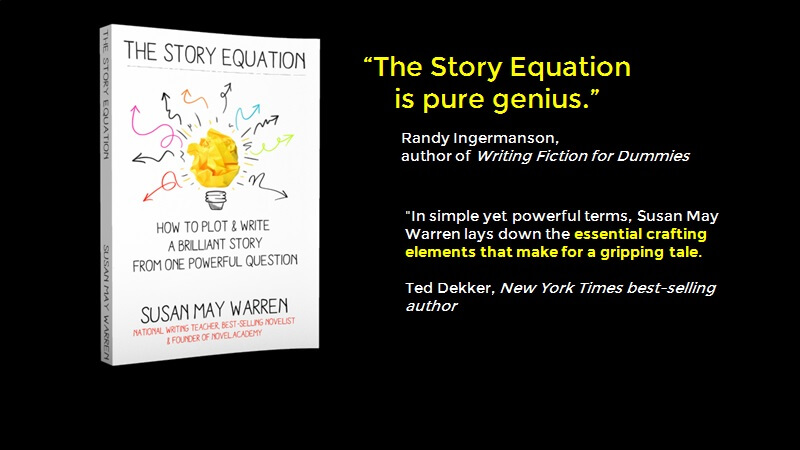.jpg)
Bio : An industry speaker on the subject of video marketing and the Internet, Jessica Kizorek was recently featured on CNN’s series “Young People Who Rock,” for her passion in documenting the impact of humanitarian efforts around the globe. Her video production company, Two Parrot Productions, has spotlighted NGOs in Africa, Asia, Eastern Europe and the Middle East.
1. What common video/audio/visual mistakes scream of cluelessness or demand the homemade label?
Viewers will often times be forgiving of “homemade” or user generated video images, but when the audio is bad, viewers rarely will stick around. Using crisp, clear sound bites is critical to holding the viewer’s attention. When a viewer cannot understand what is being said, they are left confused, straining to hear what’s going on. Avoid using the in-camera microphone, and instead opt for a shotgun mic (often hardwired and mounted to the camera), boom mic (generally held above the action), or wireless lavaliere mic (clipped to the subject). Audio should be monitored using professional quality noise cancellation headphones to be clear about what’s being recorded.
2. Amateurs who want to look like professionals do the following:
1. What common video/audio/visual mistakes scream of cluelessness or demand the homemade label?
Viewers will often times be forgiving of “homemade” or user generated video images, but when the audio is bad, viewers rarely will stick around. Using crisp, clear sound bites is critical to holding the viewer’s attention. When a viewer cannot understand what is being said, they are left confused, straining to hear what’s going on. Avoid using the in-camera microphone, and instead opt for a shotgun mic (often hardwired and mounted to the camera), boom mic (generally held above the action), or wireless lavaliere mic (clipped to the subject). Audio should be monitored using professional quality noise cancellation headphones to be clear about what’s being recorded.
2. Amateurs who want to look like professionals do the following:
Pay attention to lighting. When recording, use several different light sources…a hard key light coming in from a front angle and a soft back light are best. Avoid any unnecessary camera movement, especially on the internet. Use bright lighting that makes the subject pop out from the background and create scenes that are recognizable even on the smallest of screens.
3. What computer programs are helpful when putting together a visual project? Especially free/low cost ones.
3. What computer programs are helpful when putting together a visual project? Especially free/low cost ones.
I was born and bred on Macintosh, so I’m 100% biased when it comes to computers and applications. iMovie is cheap and simple, and can turn out a very seamless, professional looking project with practically no learning curve. Final Cut Pro will give you total creative freedom…if you can visualize it, Final Cut Studio can create it.
There are also websites like Jumpcut (www.jumpcut.com) where you can edit online – no software necessary.
4. Cheesy visual includes the following parts and pieces:
It’s hard to say. The rules of filmmaking have been turned on their head since the popularization of user generated content, so I wouldn’t say that there is any one element that is particularly repulsive.
There are also websites like Jumpcut (www.jumpcut.com) where you can edit online – no software necessary.
4. Cheesy visual includes the following parts and pieces:
It’s hard to say. The rules of filmmaking have been turned on their head since the popularization of user generated content, so I wouldn’t say that there is any one element that is particularly repulsive.
However, when it comes to marketing a product or brand (including yourself), dial down the heavy sell. People want to be entertained, educated, enlightened, but they don’t want to be sold anything. A sure fire way to have people abandon your online video is to talk at them and tell them what to do.
5. The benefits for providing appealing video on the Internet are:
5. The benefits for providing appealing video on the Internet are:
Allow people the opportunity to know you, so experience your world, and to be connected to you through video. Viewers make an instant connection with the person in front of the camera. That person is no longer just a name or statistic. The sound of her voice, her accent, her image, her body movements, and her words transform her into a real live person with her own beliefs, difficulties, and triumphs in life. In seconds the viewer understands relationships between people, places and things that are otherwise lengthy written descriptions.
6. Never, never, never do this:
Never ever use copyrighted material. Even if you never get caught and sued by the rights owner, people will watch your video and see you as someone who has little regard for the law and intellectual property rights. You might produce something thinking it will be limited in its distribution, then suddenly encounter viewership the size of which no one anticipated. It’s wise to cross the t’s and dot the i’s from the beginning, and rest assured that the project is unrestricted and ready to launch. After all, what’s the point in making something if it will need to be kept in the closet? Once you put a video up on the Internet, it’s virtually impossible to pull it down and erase its existence.
7. Always, always, always do this:
6. Never, never, never do this:
Never ever use copyrighted material. Even if you never get caught and sued by the rights owner, people will watch your video and see you as someone who has little regard for the law and intellectual property rights. You might produce something thinking it will be limited in its distribution, then suddenly encounter viewership the size of which no one anticipated. It’s wise to cross the t’s and dot the i’s from the beginning, and rest assured that the project is unrestricted and ready to launch. After all, what’s the point in making something if it will need to be kept in the closet? Once you put a video up on the Internet, it’s virtually impossible to pull it down and erase its existence.
7. Always, always, always do this:
Give people an incentive to share your video. Make it interesting and valuable for the viewer, so that they will want to make it available to the people in their network. In every instance, make it easy to “tell a friend,” or “share this video.” Following the initial traffic, brand building will increase and one-to-one relationships will begin to develop as the community increases in size.
Don’t post your video only on YouTube. Create a blog site, a Facebook page, a MySpace page, and put your video up on your own website as well. The more distribution mechanisms there are being used to spread the video the better. It’s important not to lock videos in a protocol that forces viewers to have to come to a specific site to see it. The most effective and powerful way to extend marketing reach and exposure is to use free, openly redistributable video embedding. Provide cut-and-paste, embeddable HTML or JavaScript code, allowing other content publishers to redistribute and publish videos in seconds.
























Thanks for the great information, Jessica.
ReplyDeleteAwesome information, Thanks Kelly and Jessica.
ReplyDeleteThis is one of the best interviews I've found on the net regarding this topic. Very thoughtful and easy to follow with great and wise advice.
ReplyDeleteSheila Clover English
CEO
Circle of Seven Productions